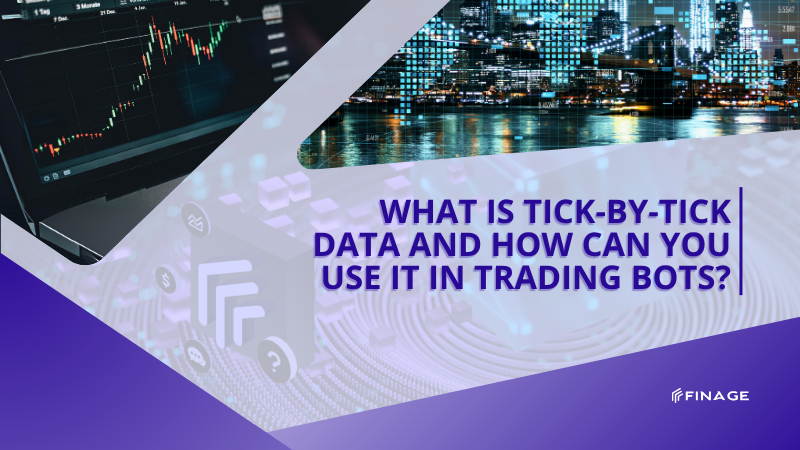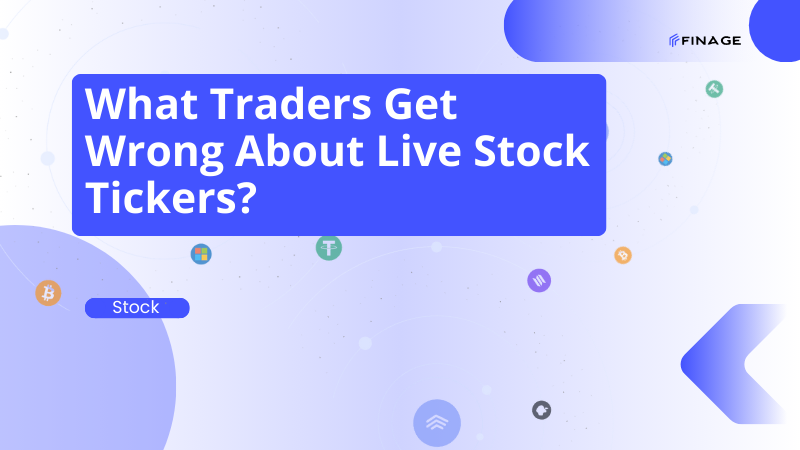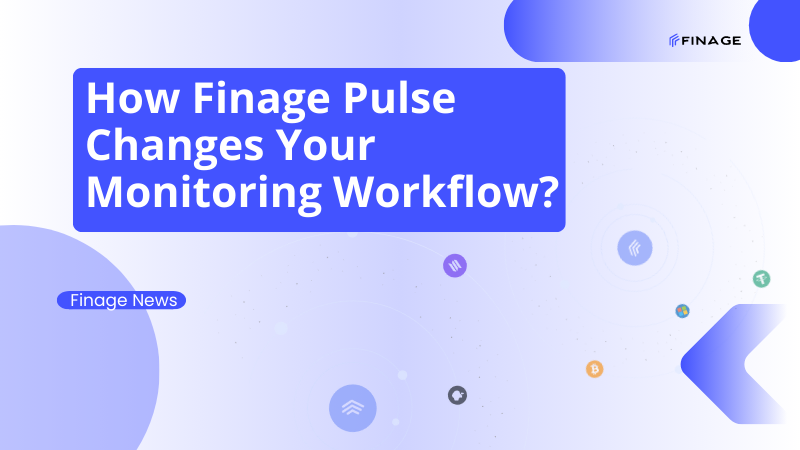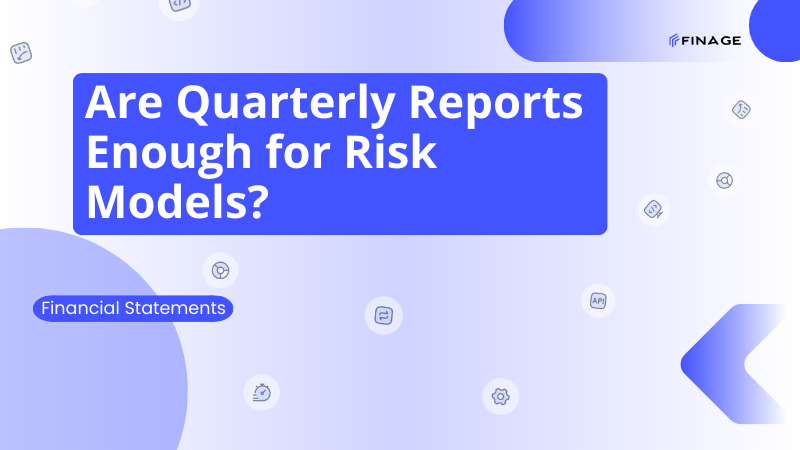What Is Tick-by-Tick Data and How Can You Use It in Trading Bots?
7 min read • July 18, 2025

Introduction
Trading bots thrive on precision—and there’s no data more precise than tick data. While many systems rely on minute-by-minute or aggregated candlestick data, high-performance bots operate on a more granular level: analyzing every market event as it happens.
Tick-by-tick data captures every trade, quote update, and order book change in sequence, allowing trading algorithms to detect short-term patterns, microstructure shifts, and actionable signals invisible at higher timeframes.
In this article, we’ll explore what tick data is, how it differs from traditional market data, and how developers can use it to power smarter, faster, and more responsive trading bots.
Table of Contents
- What Is Tick Data in Financial Markets?
- Why Tick Data Matters for Trading Bots
- How Tick Data Differs from Aggregated Market Data
- Practical Use Cases for Tick Data in Algorithmic Trading
- Accessing and Streaming Tick Data in Real Time with Finage
- Final Thoughts
1. What Is Tick Data in Financial Markets?
Tick data refers to the most granular form of market data—capturing every individual price movement, quote update, or trade as it occurs. Unlike time-based or volume-based aggregations (like 1-minute candles or 5-minute OHLC bars), tick data records events one by one, in exact sequence.
Each "tick" represents a single market event. This can include:
- A trade execution (with time, price, and volume)
- A change in the bid or ask price
- An update to the order book
- A cancellation or addition of an order at a given price level
Because it tracks every single micro-change in the market, tick data provides unmatched detail and temporal accuracy. It’s especially useful in environments where milliseconds matter—such as high-frequency trading, market making, or latency-sensitive arbitrage.
Tick data is often timestamped to the millisecond or even microsecond, allowing algorithms to reconstruct the flow of market activity with incredible precision. For developers building trading bots, this level of detail opens the door to much more responsive and informed strategy design.
But with great granularity comes great volume. Tick data can be massive in size—requiring thoughtful handling, storage, and real-time processing infrastructure. That’s why knowing when and how to use it effectively is key.
2. Why Tick Data Matters for Trading Bots
For most retail traders, minute-based data is enough to make general decisions. But trading bots operate on entirely different timelines. Their edge comes from speed, precision, and the ability to detect subtle market signals before anyone else—and that’s where tick data makes the difference.
Here’s why tick-by-tick data is essential for high-performance bots:
- Microstructure Visibility: Bots that rely on market micro-movements—such as sudden shifts in the bid-ask spread or unusual trade sequences—need granular input. Tick data provides the level of detail needed to detect these nuances.
- Latency-Sensitive Logic: In high-frequency or low-latency strategies, acting on a delayed or averaged signal can lead to missed opportunities or poor execution. Tick data gives bots the closest possible view of what’s happening right now.
- Backtesting Accuracy: Simulating a strategy using minute or hourly bars may miss sharp intrabar spikes, flash crashes, or execution risks. Backtesting with tick data ensures your bot is tested under the same conditions it will trade in.
- Custom Indicators: Some bots rely on proprietary metrics or signal triggers that can't be calculated accurately using aggregated data. Tick-level tracking allows for unique logic based on trade frequency, volume surges, or quote velocity.
- Trade Timing and Order Placement: Placing or canceling orders based on tick-level shifts helps bots adapt quickly to liquidity changes, reduce slippage, and optimize execution cost.
In short, tick data enables smarter bots—ones that don’t just react to the market, but anticipate it.
3. How Tick Data Differs from Aggregated Market Data
Not all market data is created equal. While most trading applications rely on aggregated data—like 1-minute candlesticks or hourly bars—tick data offers a much more detailed, real-time view of how the market is moving.
Here’s how they differ:
|
Feature |
Tick Data |
Aggregated Market Data |
|
Granularity |
One event at a time (tick-by-tick) |
Time-based (e.g., 1-min, 5-min bars) |
|
Data Points |
Price, volume, quote, and timestamp for each event |
Open, high, low, close, and volume over a set interval |
|
Timing Precision |
Millisecond or microsecond level |
Average or summarized over a defined period |
|
Storage Size |
Very large, high-frequency |
Smaller, more manageable |
|
Use Case |
HFT bots, spread analysis, custom metrics |
Trend analysis, swing strategies, general dashboards |
Aggregated data is useful for human readability, longer-term analysis, and simplified charting. But for algorithmic trading bots, it often hides the true flow of the market. Two candles with the same OHLC values could contain wildly different tick-level behavior inside—behavior that your bot might need to see.
With tick data, you're not seeing what the market looked like over a minute—you’re seeing what actually happened, moment by moment. That difference is crucial when precision matters.
4. Practical Use Cases for Tick Data in Algorithmic Trading
Tick data may seem overwhelming at first—but in the hands of a well-designed trading bot, it becomes a powerful tool. From execution timing to strategy development, here are some of the most practical ways developers use tick data in algorithmic trading:
- Scalping Bots: These bots target tiny price movements within very short timeframes. To enter and exit efficiently, they rely on tick-by-tick data to capture micro-opportunities that would be invisible on 1-minute charts.
- Order Book Dynamics & Liquidity Detection: Bots can use tick data to analyze changes in bid/ask prices, volume imbalances, and quote refresh patterns—allowing them to adapt to shifts in liquidity or market sentiment in real time.
- Arbitrage Engines: High-frequency bots that monitor multiple exchanges or asset pairs for price discrepancies depend on tick-level data to detect spreads and execute trades before the opportunity closes.
- Stop-Loss & Take-Profit Precision: Instead of using trailing stops based on candles or fixed ranges, bots can adjust stops dynamically using real-time tick data, responding to rapid price moves or volatility spikes.
- Volume Spike Detection: Bots that respond to sudden bursts in trade volume (a common signal in momentum strategies) can use tick-level volume changes to trigger entry or exit logic faster than candle-based models allow.
- Slippage Monitoring and Adaptive Execution: Bots can adjust order size or delay execution based on tick-level fluctuations in spread and quote stability, helping reduce slippage and improve overall fill quality.
Each of these examples relies on the ability to "see" the market without delay or dilution. That’s exactly what tick data provides—granular transparency that empowers smarter automation.
5. Accessing and Streaming Tick Data in Real Time with Finage
Using tick data effectively starts with having reliable access—and that means real-time delivery, consistent formatting, and a platform that understands developer needs. Finage offers all of that through a flexible, high-performance API suite designed for modern trading infrastructure.
Here’s how Finage supports real-time tick data access:
- Streaming via WebSocket: Finage’s WebSocket API allows you to subscribe to real-time market events, including trade ticks and quote changes, with ultra-low latency. This is ideal for bots that require up-to-the-second inputs.
- On-Demand Snapshots with REST: For bots that combine real-time logic with strategic polling or fallback behavior, Finage’s Stock API delivers the latest bid, ask, volume, and trade data on request.
- Consistent Multi-Asset Access: Whether you're tracking stocks, forex, or crypto, Finage provides unified tick-level access across asset classes—making it easier to build bots that operate in multiple markets.
- Developer-First Experience: APIs are documented clearly, responses are standardized, and integration is straightforward whether you're building in Python, Node.js, or another language. Tick data isn’t helpful if it’s hard to parse—Finage makes it easy to use from day one.
- Scalable Infrastructure: Finage’s real-time systems are designed to handle high-throughput environments like trading bots, backtesting engines, and signal processors without introducing lag or inconsistency.
When your bot depends on precision, performance, and visibility, the right data makes all the difference. With Finage, you get tick data that’s built for serious automation—not just charts.
Final Thoughts
In algorithmic trading, more information doesn’t just mean more noise—it means more opportunity, if you know how to use it. That’s exactly what tick data offers: ultra-granular insights into market behavior, timing, and liquidity that simply can’t be seen through aggregated data alone.
Whether you’re building a scalping bot, refining execution logic, or optimizing backtesting precision, tick-level visibility empowers you to go beyond surface-level trends. It’s the difference between reacting and anticipating—between average automation and high-performance decision-making.
Finage makes this level of insight accessible.
With real-time streaming, consistent tick-level delivery across assets, and developer-friendly APIs, Finage helps you integrate tick data into your trading bot strategy with clarity and confidence. You don’t have to compromise on speed, structure, or support.
Explore the Finage API documentation and start building bots that don’t just trade—but trade smarter, faster, and with a deeper view of the market.
Claim Your Free API Key Today
Access stock, forex and crypto market data with a free API key—no credit card required.

Stay Informed, Stay Ahead
Finage Blog: Data-Driven Insights & Ideas
Discover company news, announcements, updates, guides and more


